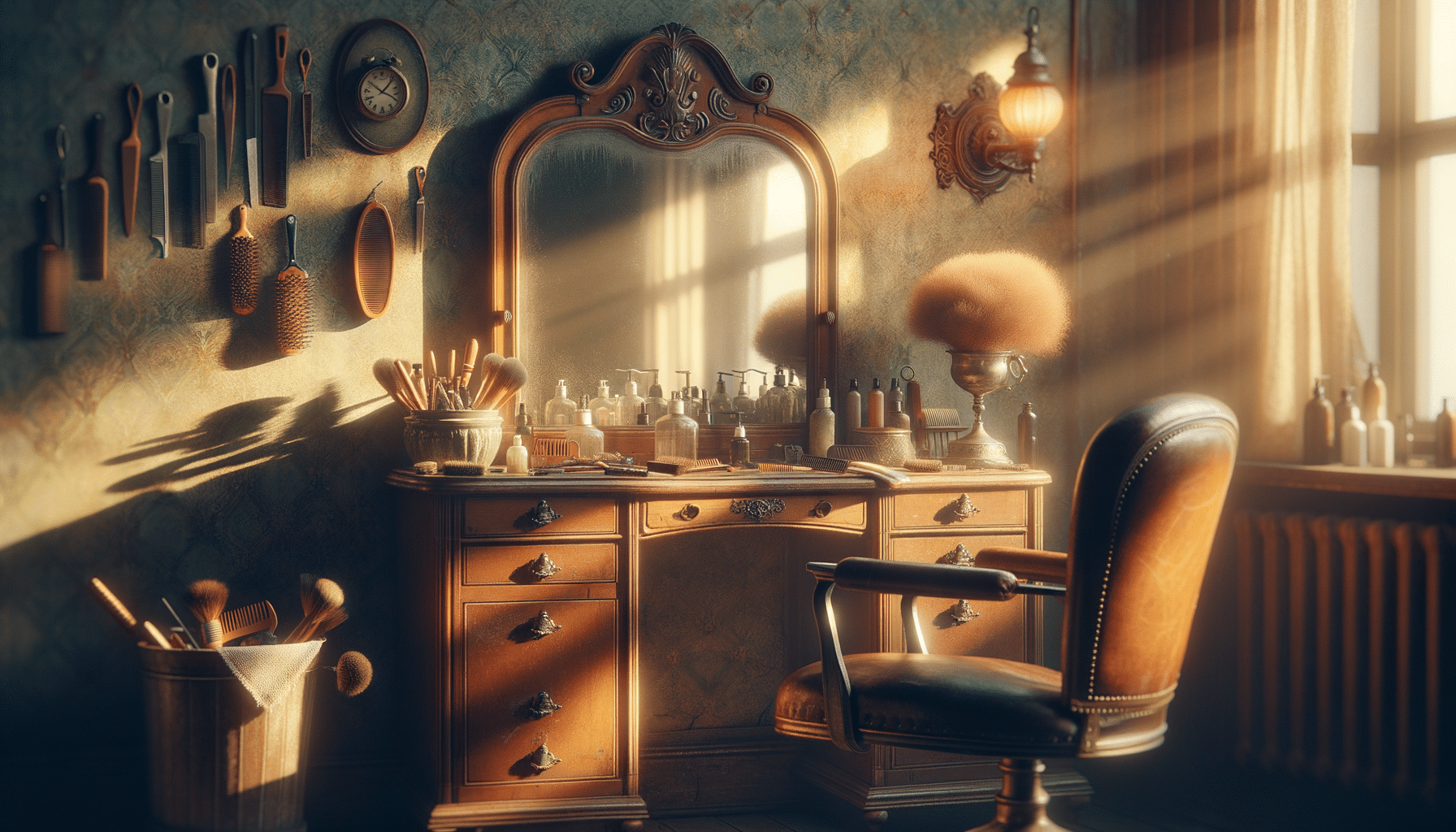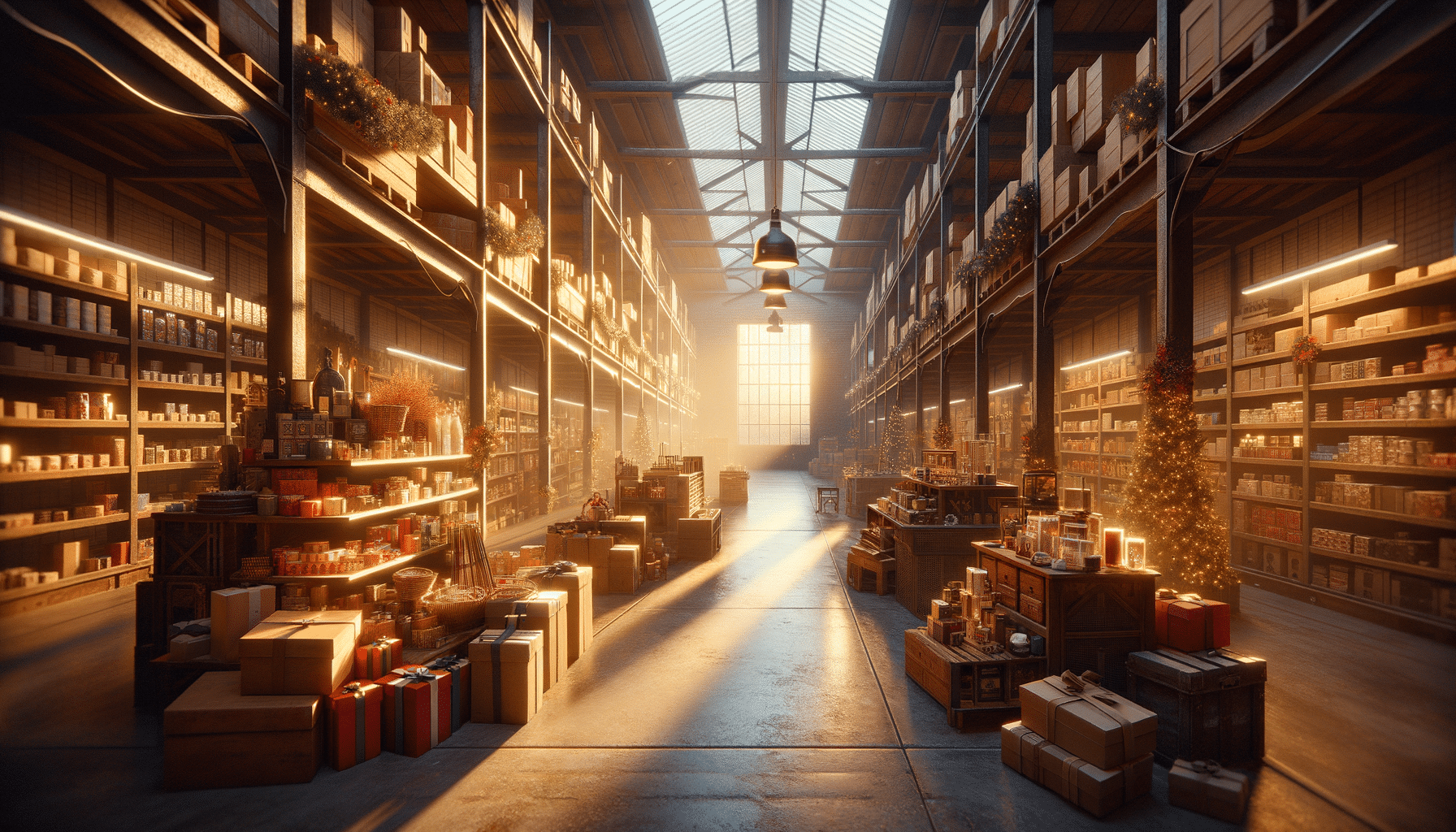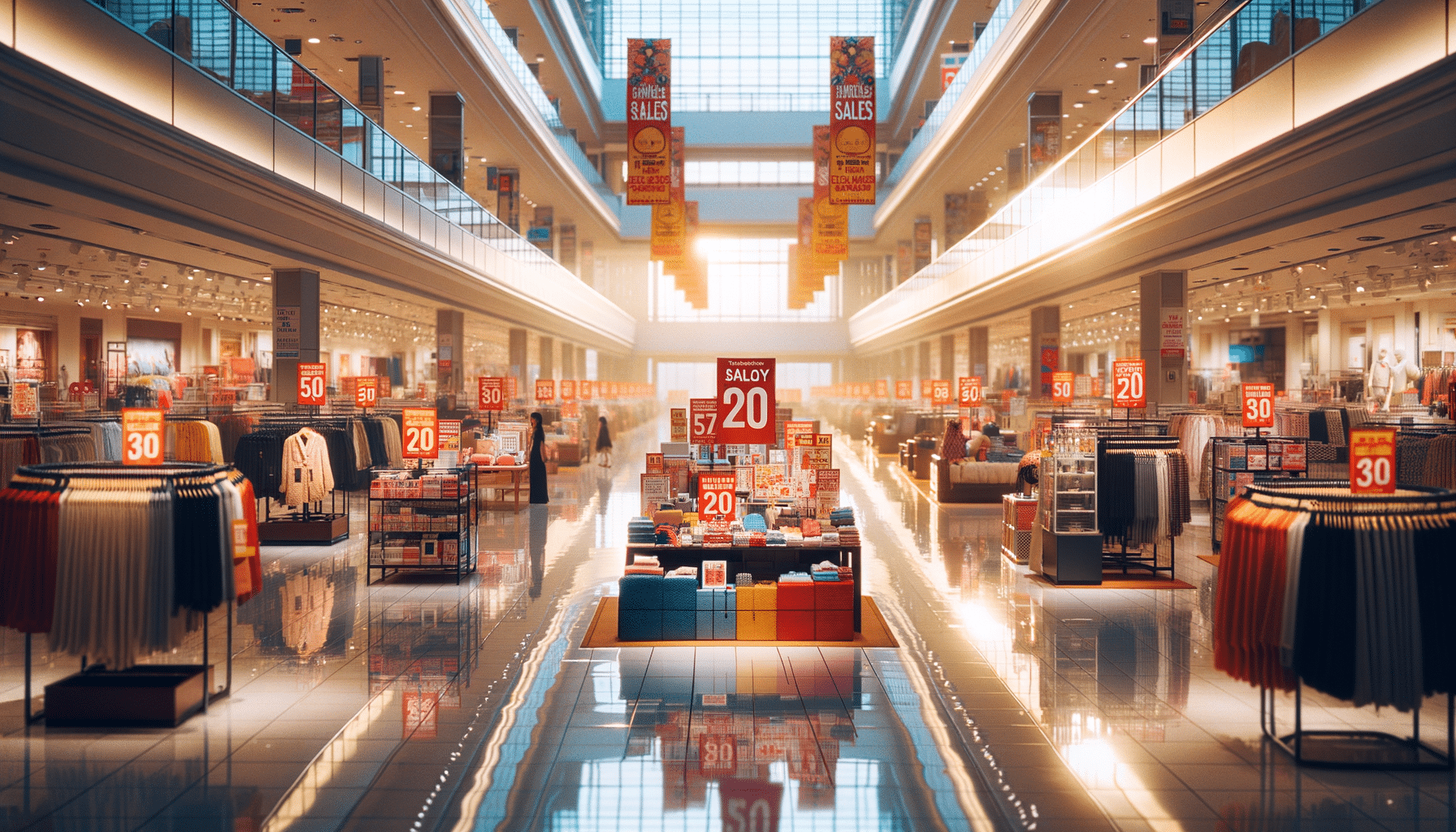
Classic and Timeless Hairstyles Making a Comeback
The Enduring Allure of Classic Hairstyles
Classic hairstyles have a unique charm that transcends time, offering a blend of elegance, sophistication, and nostalgia. They are not just about aesthetics but also about a deeper connection to history and culture. These styles have been worn by generations, each adding a layer of meaning and significance. Whether it’s the graceful waves of the 1940s or the sleek bobs of the 1920s, these hairstyles have left an indelible mark on the fashion world.
One of the reasons classic hairstyles remain popular is their versatility. They can be adapted to suit various face shapes, hair types, and personal styles. For instance, the iconic bob can be tailored to be chin-length or shoulder-length, with or without bangs, allowing for a personalized touch. This adaptability makes classic hairstyles a preferred choice for many, especially those looking to blend tradition with modernity.
Moreover, these hairstyles have a timeless quality that resonates with people across different age groups. Older women, in particular, find comfort in the familiarity of these styles, often associating them with memories and milestones from their past. This emotional connection adds to the enduring appeal of classic hairstyles, making them a staple in beauty and fashion.
Iconic Hairstyles Through the Decades
The evolution of hairstyles over the decades reflects the changing social and cultural landscapes. Each era brought with it distinct styles that have remained influential even today. The 1920s, for example, introduced the flapper bob, a symbol of women’s liberation and rebellion against traditional norms. This sleek, androgynous style was a stark contrast to the elaborate hairstyles of the previous century and became a defining look of the decade.
Moving into the 1940s, hairstyles took on a more glamorous flair. Victory rolls, characterized by voluminous curls pinned at the crown, became synonymous with Hollywood glamour. This style was not only fashionable but also functional, as women needed practical hairstyles that could withstand the rigors of wartime activities.
The 1960s saw the rise of the beehive, a towering hairstyle that exuded confidence and sophistication. This bold look was popularized by celebrities and became a symbol of the era’s bold fashion statements. Despite its dramatic appearance, the beehive has made occasional comebacks, showcasing its lasting influence.
Modern Interpretations of Classic Styles
While classic hairstyles have their roots in the past, modern interpretations have breathed new life into these timeless looks. Contemporary hairstylists have reimagined traditional styles, incorporating modern techniques and products to create fresh, updated versions. This fusion of old and new has made classic hairstyles more accessible and appealing to a broader audience.
For example, the classic bob has been reinterpreted with asymmetrical cuts and bold colors, offering a modern twist on a traditional favorite. Similarly, vintage waves have been revitalized with the use of styling tools and products that enhance their shine and longevity.
This trend of blending classic and contemporary elements is not limited to hairstyling alone. It reflects a broader cultural movement towards appreciating the past while embracing innovation. The result is a diverse range of styles that honor tradition while catering to modern tastes and preferences.
The Role of Classic Hairstyles in Popular Culture
Classic hairstyles have played a significant role in shaping popular culture, often serving as symbols of particular eras or movements. From the glamorous curls of the Golden Age of Hollywood to the rebellious punk styles of the 1980s, these hairstyles have been integral to defining cultural identities and trends.
In film and television, classic hairstyles are often used to convey a character’s personality or the setting of a story. For instance, the elegant updos seen in period dramas evoke a sense of sophistication and refinement, while the wild curls of a rock star biopic capture the spirit of rebellion and freedom.
Moreover, celebrities and public figures have contributed to the popularity of classic hairstyles, often reviving interest in these styles through their public appearances. This influence extends beyond the entertainment industry, impacting fashion and beauty trends worldwide.
Conclusion: The Timeless Appeal of Classic Hairstyles
Classic hairstyles continue to captivate and inspire, offering a perfect blend of history, culture, and beauty. Their enduring appeal lies in their ability to adapt to changing times while retaining their essence. Whether through modern reinterpretations or nostalgic revivals, these styles remain relevant and cherished across generations.
For those seeking a hairstyle that exudes elegance and sophistication, classic styles offer a timeless option. They provide a connection to the past while allowing room for personal expression and creativity. As we continue to explore new fashion trends, the timeless appeal of classic hairstyles will undoubtedly remain a significant influence in the world of beauty and style.


